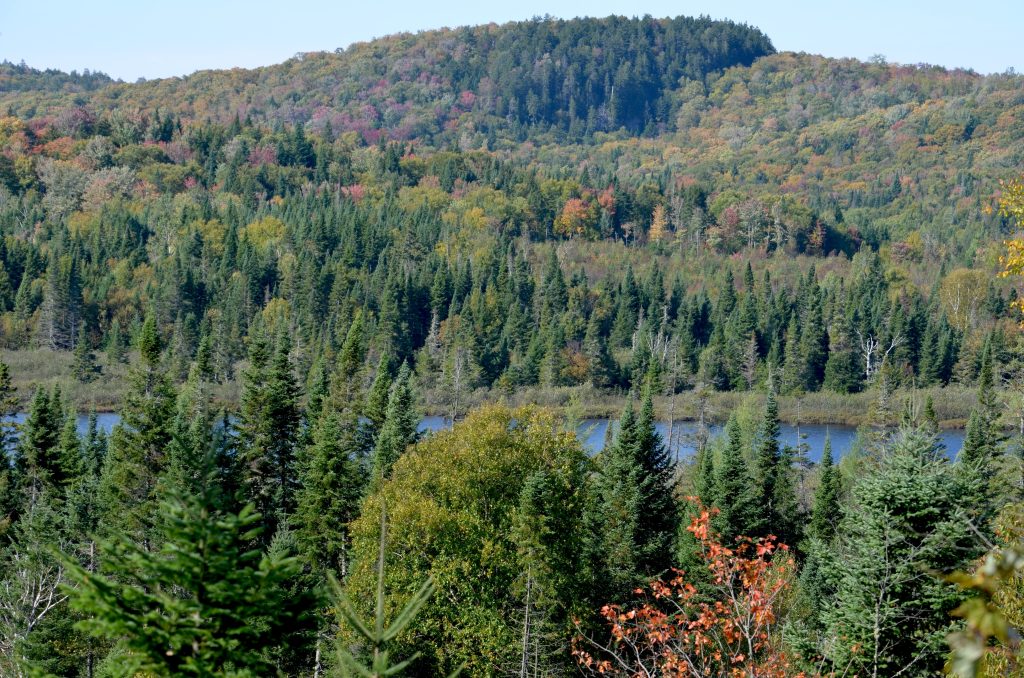
Features
Opinions
Opinion: OWA’s forest owners co-operatives hold promise
November 21, 2022 By John Pineau
 Photo: Annex Business Media
Photo: Annex Business Media When I began my tenure with the Ontario Woodlot Association (OWA) in 2020, there were several great ideas to pursue that would allow us to be more effective for many of our members.
A dominant theme was the plethora of orphaned and fragmented conifer plantations in southern and central Ontario, with estimates ranging into several hundred thousand hectares. These forest stands held one thing in common – an almost desperate need of a first thinning. Many were in bad shape, collapsing and needed to be brought in under managed forest plans, and from a pragmatic perspective, become part of Ontario’s Managed Forest Tax Incentive Program (MFTIP). But following through on required management is often too costly for a typical landowner, and it can be difficult to find forest service providers, especially harvesting contractors willing to commit to individual small areas; so generally nothing was happening.
In summer 2020, we established two community forest owners co-operative pilots in the Kawartha and Huronia regions of southern Ontario to try to address these issues. The premise was to bring together landowners within a reasonable distance of each other to create economies of scale where underutilized wood in their orphaned and fragmented conifer plantations could be harvested for commercial use. OWA employed two RPF field managers for the pilot projects to ensure best management practices (BMPs) were applied including a comprehensive initial inventory and assessment, prescription writing, tree marking, invasives control, and supervised harvest. As a result, the landowners would start to see an improvement in the long-term productivity and health of their forests, with revenues realized from what was initially harvested, and more over time through the continued application of BMPs.
For many, the purpose of proactive management was to allow for the transition to a more biologically diverse woodlot, including indigenous tolerant hardwoods. For most, the economic benefit seemed secondary or unimportant. The wood fibre harvested from co-op properties in both pilot projects was made available for commercial enterprise as determined by its quality and best potential use, with several local mills benefiting.
An objective evaluation of our co-op pilots was carried out in summer 2021 by an academically supervised master of forest conservation student from University of Toronto, working as an OWA intern. Our co-op model was evaluated using multiple criteria. A literature review to compare the structure and operation of co-ops that have been successful nationally and internationally was also carried out. Additional work examined unsuccessful co-ops to determine what factors led to their failures. Based on the review and on-the-ground analysis, recommendations were made for if and when the OWA transitions beyond the pilot phase. Overall, the OWA model scored above average compared with the eight others evaluated. The resulting academic paper from this evaluation will be printed in an upcoming issue of The Forestry Chronicle.
While I am still trying to be objective about the results of our pilot projects to date, it is becoming apparent to me and others in the OWA ranks that the model works well, and the co-ops appear viable within both an economic and logistical context. We still have some bugs to fix. We still want to do more harvests this year to confirm our initial observations including the economic analysis. But I believe we can effectively apply our approach to other regions of the province, where needed. Part of our final evaluation of the pilot projects will include an introspective look at our capacity to grow the two pilots and to create other co-ops that are self-sustaining and viable over time. To be successful we will also need increased harvesting capacity, a better understanding of the carbon implications and benefits, improved utilization of wood fibre, and an increase in landowner management knowledge.
Meanwhile, far too many conifer plantations in southern and central Ontario remain in urgent need of that first thinning under the auspices of a managed forest plan. But word is getting out about what we are doing, and the queue to join our co-ops, or start new ones, is growing.
 John Pineau is the executive director of the Ontario Woodlot Association.
John Pineau is the executive director of the Ontario Woodlot Association.
Reach him at john.pineau@ontariowoodlot.com.
Print this page